What type of patio roof should you choose? Find out what material to choose and which will be better: a canopy or permanent structure. Also find out how to build the roof yourself.
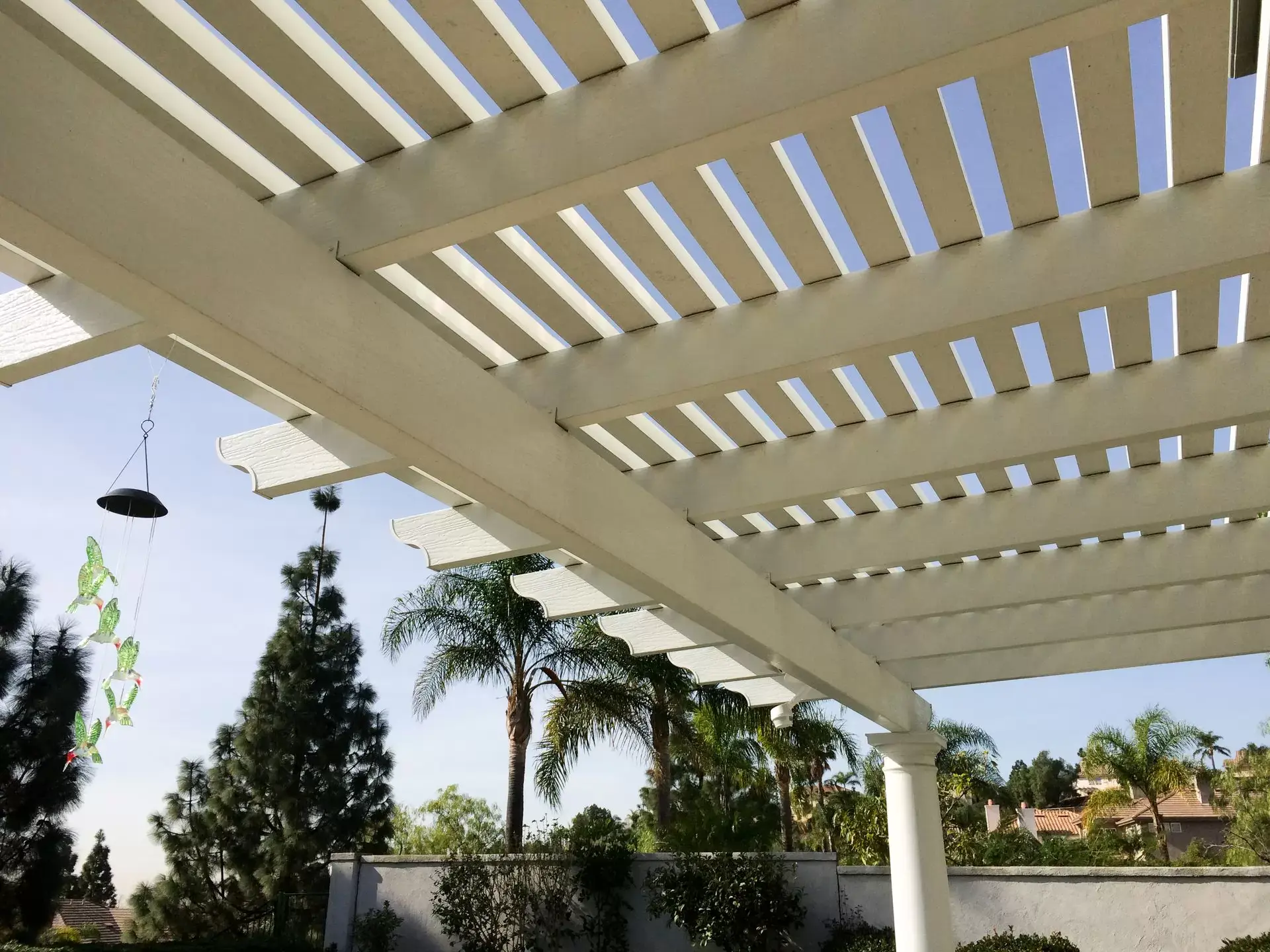
What type of patio roof should you choose? Find out what material to choose and which will be better: a canopy or permanent structure. Also find out how to build the roof yourself.
Why would you want a patio roof?
A patio is an excellent place for spending time in warm weather, letting you enjoy the fresh air with all the comforts of being at home. However, morning coffee, lunch with friends or relaxing with a book can all be interrupted by bad weather. With patio roofing you can forget about such problems.
Additional protection will also come in handy on hot days, providing a pleasant shade. Some patio enthusiasts even surround it with walls, which mean you can turn it into a conservatory in autumn.
What material should you choose for your patio roof?
The type and design of your patio roof should not only depend on your personal preferences, but must also how you intend to use it. If you live in the mountains, a steep roof would be better, letting you easily get rid of snow in winter. Similarly – if you live in a region with strong winds, you will need a roof with solid framework. Thick wooden planks, steel posts and beams should do the job.
An all-year patio roof should be durable and made of weather-resistant elements. Roofing tiles, metal tiles or plastic sheets are best. You could also try more natural solutions – roof shingles or a thatched roof. To give your patio access to as much light as possible, glass or transparent polycarbonate panels could also be used.
If the roof is only needed to protect you from the sun, then roll-up panels, all kinds of umbrellas, awnings, and even shades made of live vines will work well. If you also want to protect against rain, an impregnated patio roof fabric or other waterproof cover will be better.
In the case of rain, metal sheets will be very noisy and make it hard for you to relax. You will face a slightly different issue when you decide to use a transparent patio cover – on hot and sunny days it will be very hot under the roof.
Finally, make sure the chosen material for your patio roof does not clash with the overall design of the house. A modern house with a rustic reed canopy roof attached to it may look somewhat strange. The same goes for garage doors, entrance doors and windows. Everything should match the general concept. If in doubt – seek the advice or an architect.
-
Aluminium Step Ladder – 2 x 3 steps – Aluminium – height 65 cm
119.00 €99.00 € -
Step Ladder – 3 steps – steel – height 70.5 cm
-
Aluminium Step Ladder – 5 steps – 99.5 cm
119.00 €109.00 € -
Aluminium Ladder – 321.2 cm
199.00 €179.00 €
Patio roofing and daylight access in the house
If the patio is adjacent to the living room, make sure at the design stage that the roof will not block access to daylight.
Fully roofed patios are not recommended if facing north, unless the patio roof is made of glass or other transparent material. Partial roofs and adjustable canopies will generally work better on such patios. The same applies to patios facing east, where there will only be sunlight before noon and it will be dark in the evening.
Full roofing, however, is usually ok on patios facing south and west. Such a roof will provide a pleasant shade at midday, but should not block access to daylight in the house. Only in the morning you may find it a little dark in the living room.
The issue of access to daylight should always be considered based on your personal preferences regarding your lifestyle. In addition to the above-mentioned geographical orientation, you should also take into account the size of the patio, the height of the roof and the presence of other elements, such as flower pergolas, garden furniture or walls.
Types of patio roofing
One option is to choose a ready-made design and hire a specialised contractor. This is highly recommended if you do not have the experience or the skills for the job, especially in the case of all-year roofs. In such cases even small mistakes could be a big problem in the long run, so it’s safer to use the services of experienced contractors. You shouldn’t have a problem finding a company specialising in such projects, or individual contractors with relevant experience.
If, on the other hand, you enjoy doing some DIY at home and in the garden, you could try to build a roof yourself. You could also choose ready-made elements and assemble them according to the instructions provided.
There are a few strict rules to follow when going for a tailor-made design. Support brackets should be fitted as firmly as possible and the structure should not wobble. Ideally, the pillars should be built of bricks with attached anchors to prevent them settling in the ground. Their load-bearing capacity should be adapted to the weight of the beams and the patio roofing material. Heavy snow and windy weather should also be taken into account.
Planks and beams should be connected with screws or nails, and steel frames should be welded together. Good quality tools are a basic requirement in this case.
Installation of pergolas and fabrics
Fitting summer pergolas will be slightly easier, as they are often free-standing structures that do not require any additional fitting. Some – especially built-up models- may require attaching to the ground, although it all depends on the location and potential exposure to gusts of wind. In general, the material for pergola roofing should be airy.
Light roofing made of fabrics is also very simple to install. You simply need to stretch it between strings, rods or attach it to metal hoops.
Canopies are usually purchased with a complete mounting plate and brackets. Attaching them to the wall is much less problematic and time-consuming than, for example, fitting a garden gate or installing drainpipes. More advanced models are equipped with a mechanism for unfolding the structure up to a few metres. The most high-tech models are additionally equipped with sensors that automatically retract the canopy when it gets windy or the weather changes (e.g. there is no sun).
What could damage your patio roof?
As already mentioned, the biggest risks for patio roofs are strong winds and heavy snow. In winter the roof should be regularly cleared of snow, while also removing the ice formed under the snow layer.
Moisture also contributes to faster deterioration of the structure, so any wooden elements should be impregnated to protect against rotting, and metal elements should be protected against corrosion – e.g. by covering them in a special paint. Epoxy paints would be a good choice.
If the patio is adjacent to a public street, avoid flammable roofs. Thatched roofs, as well as airy canopies made of fabric, could catch fire from a cigarette end or an act of hooliganism.
Which patio roofing should you choose – summary
The optimal choice of roof for your patio depends on many factors. Therefore, before starting to build it, consider whether the patio will be used only in the warm months or all year round. If you only intend to use it from time to time, roll-up canopies, sheets or movable pergolas will be perfect, as they are easy to dismantle and, if necessary, can be replaced with new ones. Such roofing will also not block access to daylight inside the house. Which fabric is best for a patio roof? If it is intended to protect against rain, it should be waterproof. If you only expect protection against strong sunlight then it’s better to choose an airy design.
However, if you want to use the patio as an extension of your living room, then a solid and durable structure will be necessary, letting you enjoy the outdoors regardless of the weather. If you equip the structure with additional walls (e.g. from glass or plexiglass) and an additional heat source, such patios could be used all year round. Which patio heater you should choose depends mainly on the size of the patio and the temperature outside. Popular infrared heaters and gas heaters will usually work well.


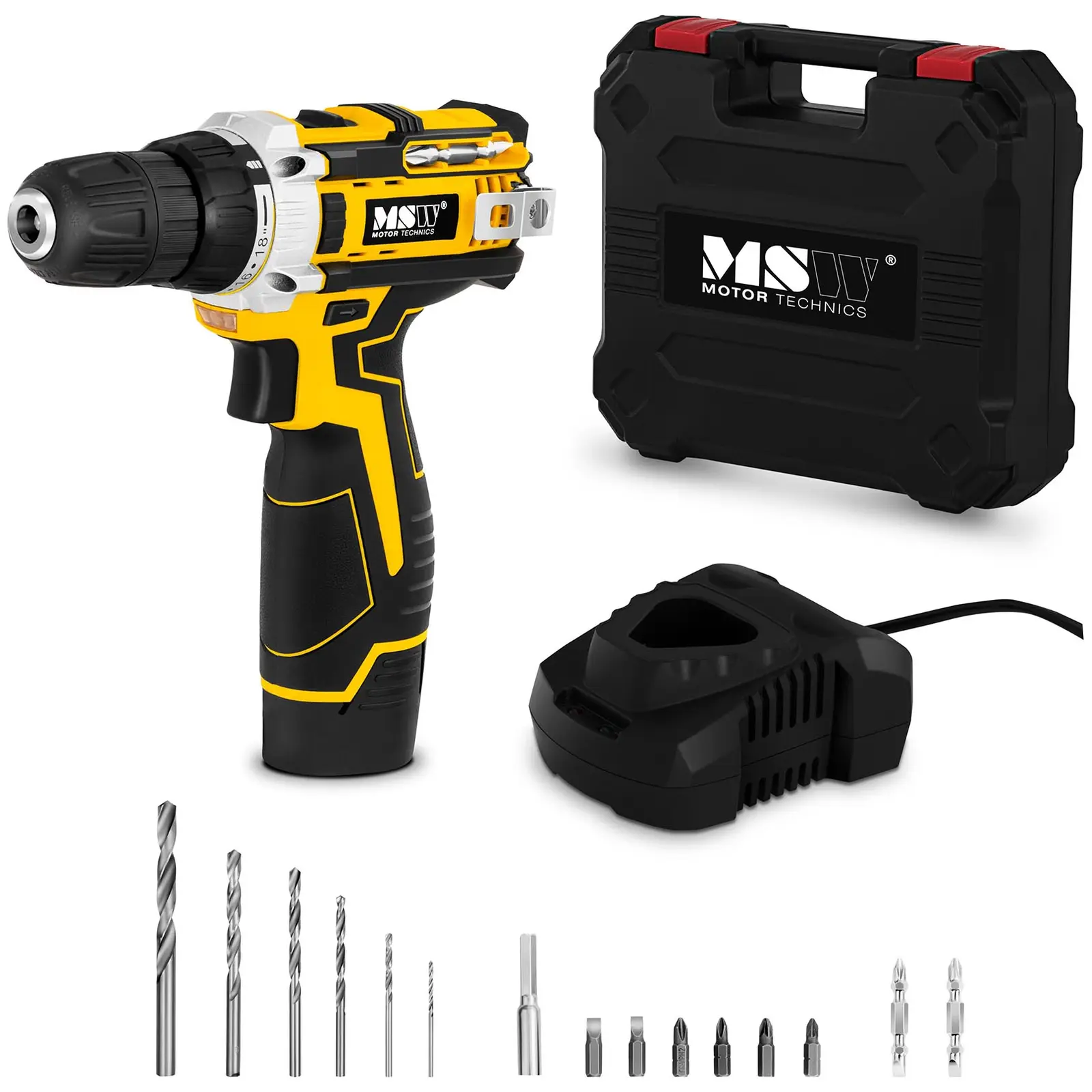

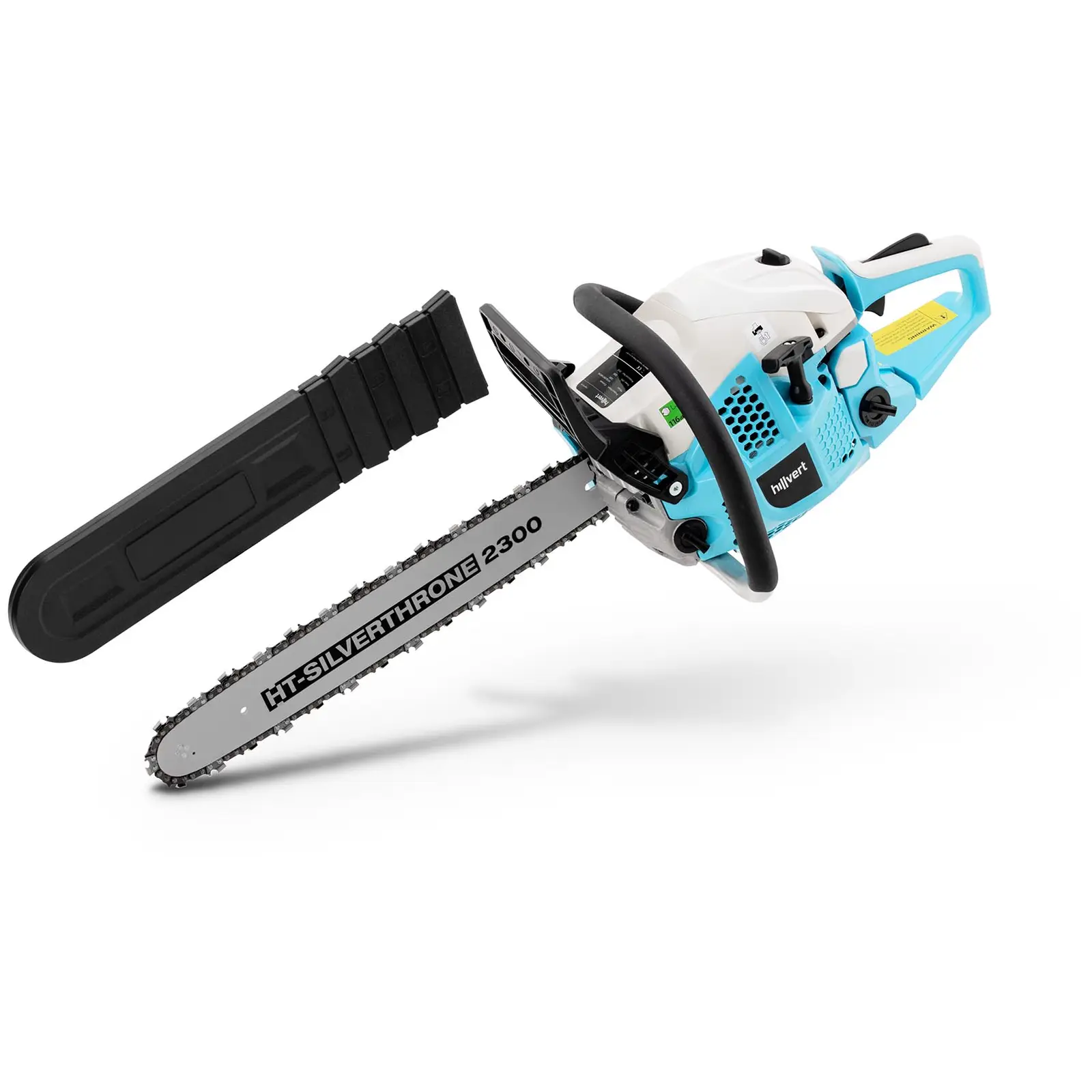
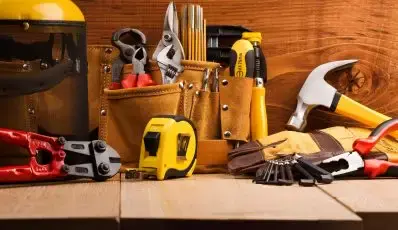

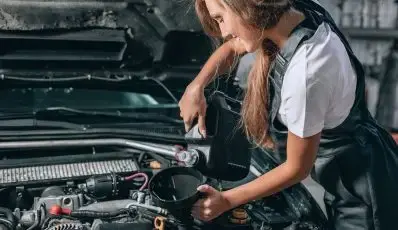
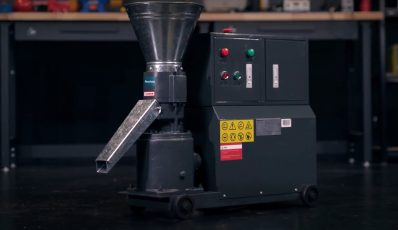

Share